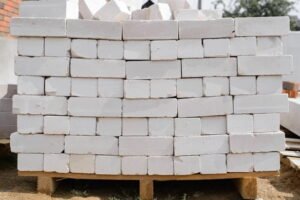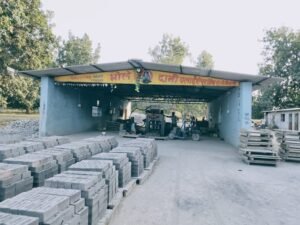Fly ash is a byproduct of coal-fired power plants, which is produced when coal is burned to generate electricity. It is a fine, powdery substance that is typically collected by electrostatic precipitators or baghouses and stored in large silos or landfills. Fly ash contains a variety of minerals, including silicon dioxide, calcium oxide, aluminum oxide, and iron oxide, among others. These minerals make it an ideal material for use in a variety of applications, including construction, agriculture, and manufacturing. However, the environmental impact of fly ash has become a significant concern in recent years, leading to increased efforts to recycle it.
The recycling of fly ash involves the recovery and reuse of the material for a variety of purposes. There are several methods for recycling fly ash, each with its own advantages and limitations. Some of the most common methods of recycling fly ash include:
Concrete production: Fly ash can be used as a partial replacement for Portland cement in concrete production. This can reduce the amount of cement needed, which reduces the carbon footprint of concrete production. Fly ash can also improve the workability and durability of concrete.
Soil amendment: Fly ash can be used as a soil amendment to improve soil quality. It contains nutrients such as potassium, calcium, and magnesium, which can help to improve soil fertility. Fly ash can also improve soil structure and reduce soil erosion.
Building materials: Fly ash can be used in the production of building materials such as bricks, blocks, and tiles. These materials are lightweight and have good insulation properties. Fly ash can also reduce the amount of water needed in the production process.
Road construction: Fly ash can be used as a base material for road construction. It can improve the stability and strength of the road base and reduce the amount of virgin aggregate needed.
Other applications: Fly ash can also be used in a variety of other applications, including wastewater treatment, mine reclamation, and the production of ceramics and glass.
The benefits of recycling fly ash are numerous. First and foremost, it helps to reduce the amount of waste that is sent to landfills. This, in turn, reduces the environmental impact of coal-fired power plants. Recycling fly ash can also reduce the demand for virgin materials, which can help to conserve natural resources. Additionally, using fly ash in place of other materials can reduce greenhouse gas emissions and improve energy efficiency.
However, there are also some challenges associated with the recycling of fly ash. One of the main challenges is the variability of the material. Fly ash can vary in composition depending on the type of coal used, the combustion conditions, and other factors. This can make it difficult to ensure consistent quality in recycled products. Additionally, the transportation of fly ash can be costly, as it is typically produced in large quantities and may need to be transported over long distances.
Despite these challenges, the recycling of fly ash is becoming increasingly common. Many companies and organizations are working to develop new methods for recycling fly ash and to improve the quality of recycled products. Governments are also implementing policies and regulations to encourage the recycling of fly ash and other waste materials.
In conclusion, the recycling of fly ash is an important step in reducing the environmental impact of coal-fired power plants. By finding new ways to reuse this material, we can reduce waste, conserve natural resources, and improve the sustainability of our economy. While there are some challenges associated with the recycling of fly ash, the benefits are clear. As we continue to develop new technologies and approaches for recycling fly ash, we can create a more sustainable future for generations to come.




